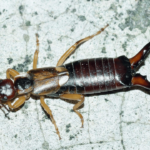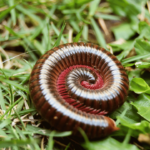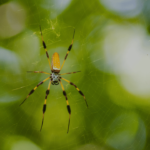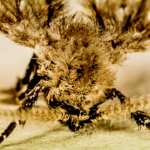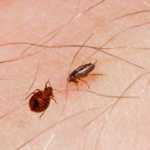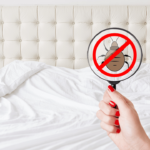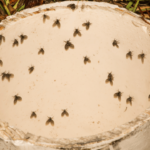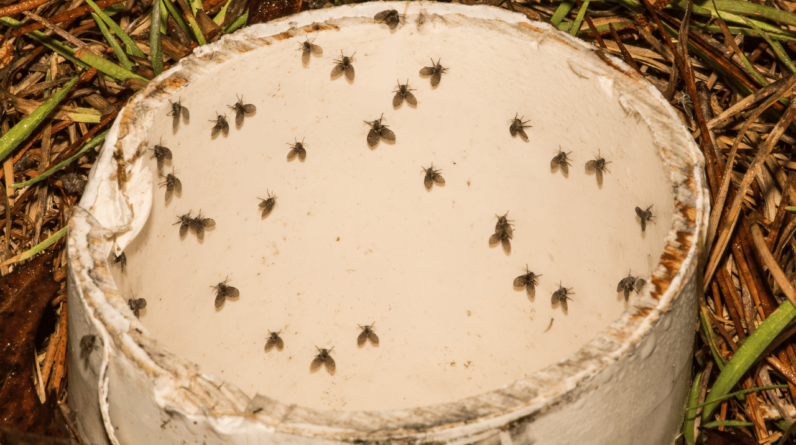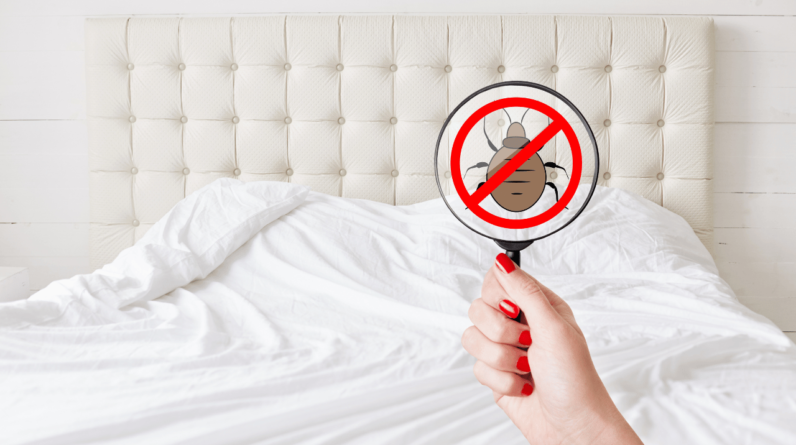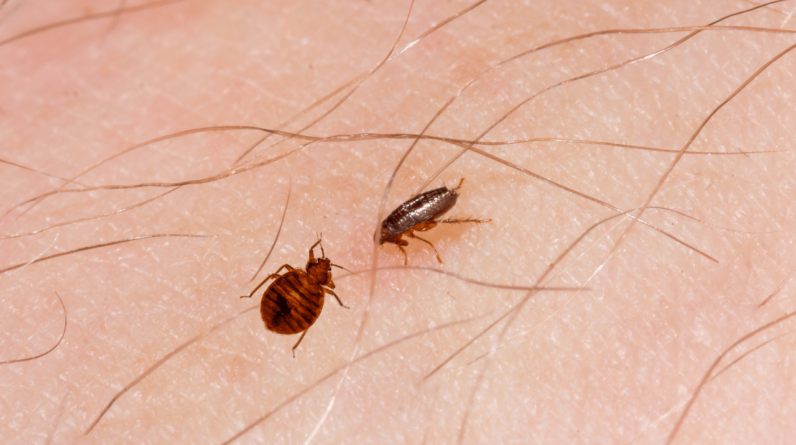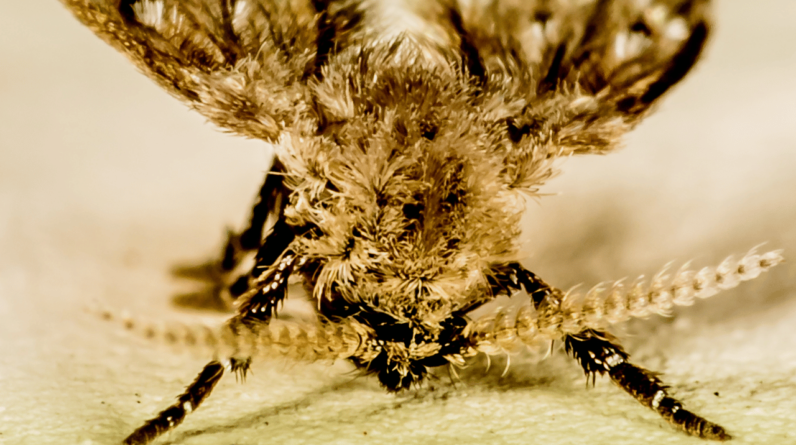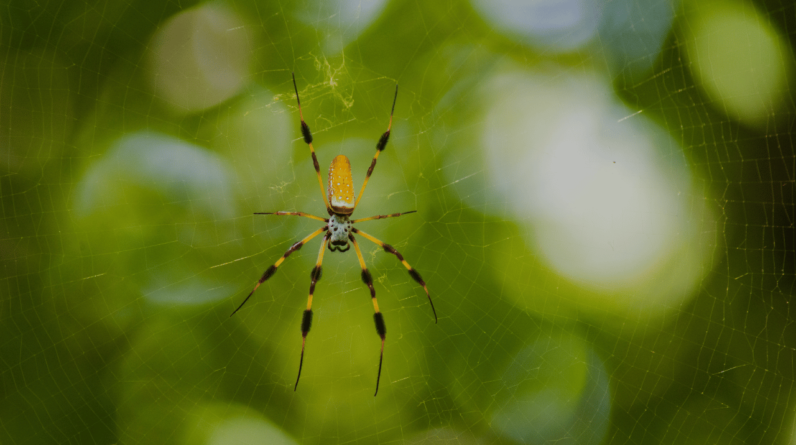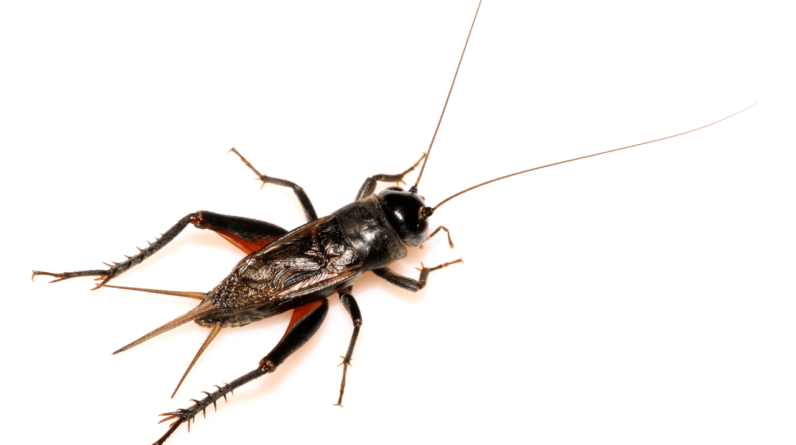
Are you prepared to face the tiny terrors that lurk in the corners of your home? Brace yourself, for the truth about crickets is about to be unveiled.
These seemingly harmless creatures, with their gentle chirping and delicate appearance, may hold a darker secret. Yes, crickets can bite! But fear not, for their bites rarely break the skin and pose little threat to your well-being.
However, it is not the bite itself that you should be wary of, but rather the aftermath. Contact with cricket feces and vomit can lead to flu-like symptoms and rashes, causing discomfort and concern.
While the chances of contracting serious illness from crickets are slim, it is essential to be vigilant. Keep an eye out for any signs of rash, sores, or persistent flu-like symptoms, and seek medical attention if they worsen.
In this article, we will dive into the world of cricket bites, uncovering the symptoms and risks associated with these elusive creatures.
Stay informed, stay safe, and keep those crickets at bay!
Do Crickets Bite?
Yes, crickets can bite, but their mouthparts don’t always penetrate the skin. While cricket bites are uncommon, it’s important to be aware of the potential risks.
Cricket bites themselves rarely cause serious infections, but they may cause a rash and flu-like symptoms. However, it’s more common for symptoms to be caused by coming into contact with cricket feces and vomit, rather than the actual bite.
It’s important to take preventative measures to avoid cricket bites. To prevent cricket bites, it’s recommended to keep crickets out of the home by sealing any cracks and crevices, using screens on windows and doors, and keeping food sources properly sealed.
Additionally, if you do get bitten, washing the skin immediately and applying anti-bacterial ointment can help prevent infection.
Symptoms and Treatment
If you experience a cricket bite, it’s recommended to wash the affected area immediately and apply anti-bacterial ointment to promote healing.
Prevention methods against cricket bites include keeping your home cricket-free. Crickets can cause damage to fabrics, paper, and belongings, but more importantly, they can carry parasites and worms. Although humans don’t get their diseases, coming into contact with cricket feces and vomit can lead to flu-like symptoms. It’s crucial to keep crickets out of your home to avoid getting sick.
Crickets prefer to eat plants and insects, but they can inhabit humid areas like attics and basements. Therefore, maintaining a clean and dry environment is essential. By taking these precautions, you can reduce the risk of cricket bites and potential health concerns associated with them.
Damage and Habits
To prevent damage to your belongings, it’s important to keep your home free of crickets. Crickets can cause significant damage to fabrics, paper, and other belongings if they’re allowed to infest your living space. While crickets primarily feed on plants and insects, they may chew on fabrics and paper when they invade your home.
To prevent cricket infestation, it’s crucial to eliminate sources of moisture and humidity in your house, as crickets are attracted to these environments. Seal any cracks or openings in doors, windows, and walls to prevent crickets from entering.
Additionally, keeping your yard well-maintained and free of debris can discourage crickets from establishing a presence near your home. By implementing these preventive measures, you can protect your belongings from potential damage caused by crickets.
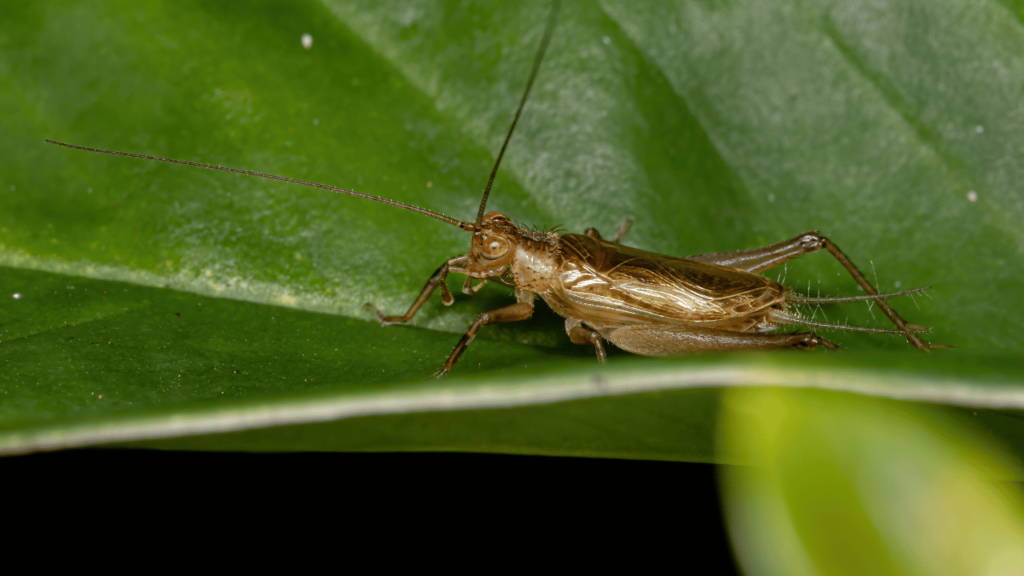
Frequently Asked Questions
Are cricket bites more common in certain regions or climates?
Cricket bite prevalence is not significantly influenced by specific regions or climates. While crickets may be more common in certain areas, the likelihood of being bitten remains consistent regardless of temperature or geographic location.
Can cricket bites cause allergic reactions in some individuals?
Cricket bites can cause allergic reactions in some individuals. Treatment for cricket bites includes washing the skin immediately and applying anti-bacterial ointment. Allergic reactions in animals from cricket bites have been reported.
Can cricket bites transmit any diseases to humans?
Crickets don’t transmit diseases to humans through bites, but their bites can cause symptoms like a rash. The risks of cricket bites are mainly from coming into contact with their feces and vomit, which can lead to flu-like symptoms.
How long does it take for a cricket bite to heal?
The healing time for a cricket bite can vary depending on individual factors, but generally, it takes about a week for a cricket bite to fully heal. Treatment options include washing the skin immediately and applying anti-bacterial ointment to help sores heal faster.
Are there any preventive measures to avoid cricket bites?
To prevent cricket bites, you can take preventive measures such as sealing cracks and crevices, using screens on windows and doors, and keeping your home clean and free of clutter. Natural repellents like peppermint oil or vinegar can also deter crickets.
Key Takeaways
– Crickets can bite, but their mouthparts may not penetrate the skin.
– Symptoms of a cricket bite may include a rash and flu-like symptoms, but serious illness is rare.
– Most symptoms are caused by contact with cricket feces and vomit.
– Crickets are not considered dangerous to humans, but precautions should be taken to avoid getting sick from their feces and vomit.
Conclusion
In conclusion, crickets can indeed bite, although their bites rarely break the skin. While their bites may cause a rash and flu-like symptoms, they aren’t known to transmit diseases to humans. However, it’s important to be cautious of coming into contact with cricket feces and vomit, as these can lead to symptoms as well.
Furthermore, crickets can cause damage to belongings and should be kept out of the home. Remember the old saying, “An ounce of prevention is worth a pound of cure.” Taking preventive measures to avoid cricket bites and keeping them out of your living spaces is the best way to stay safe and healthy.

